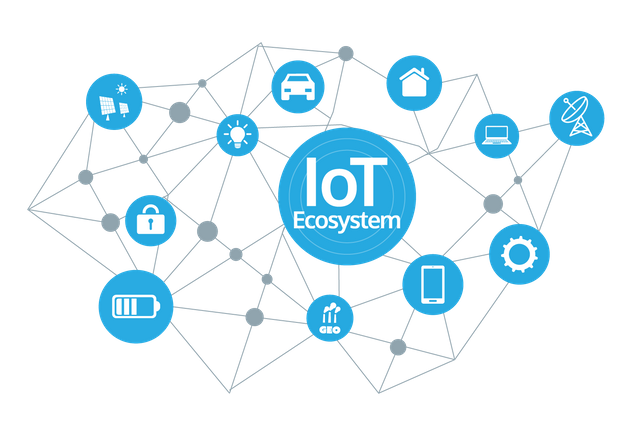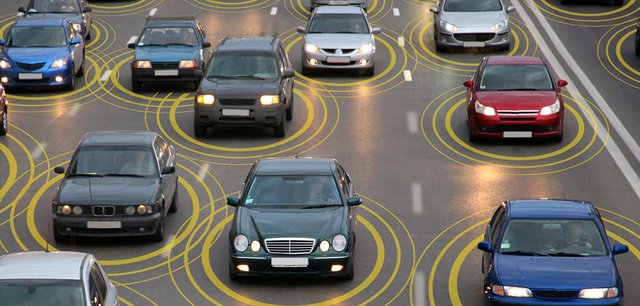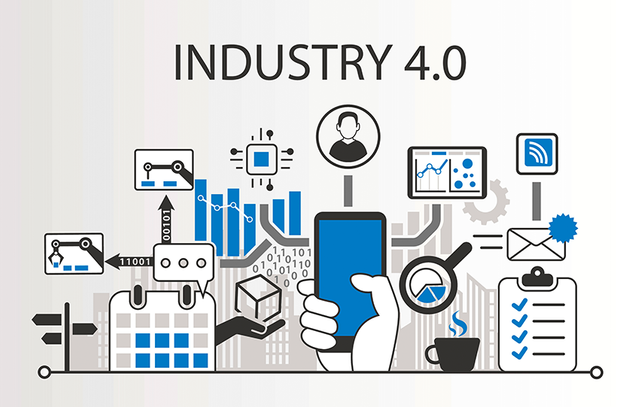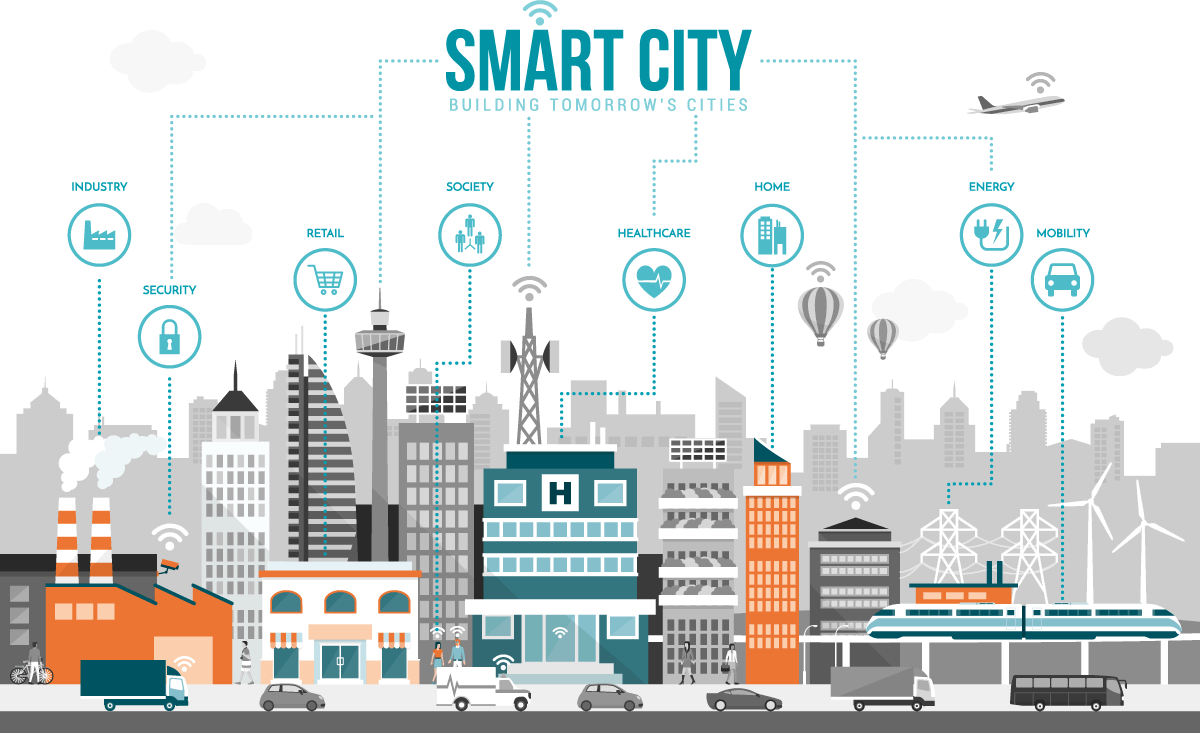
- According to IHS,In 2015, there were about 15.4 billion connected devices, this number will grow to 30.7 billion in 2020, and 75.4 billion by 2025 but Intel forecasts 200 billion connected devices by 2020.
- According to enterprise executives, the U.S. leads in deploying IoT in operations at full scale (44%) followed by the United Kingdom (41%) and Germany (35%).
- Sparklabs predicts an exponential increase in B2B IoT devices —from 2.5 billion connections in 2017 to 5.4 billion devices in 2020.
- There have been major company acquisitions in this space. For example. Google acquired Nest Labs, a thermostat maker for $3.2 billion. Samsung, on the other hand, bought SmartThings, a connected home company, for 200 million.
- Wearable devices - From 28.3 million units sold in 2016, IDC forecasts an increase to 82.5 million units in 2020, a 31 percent growth.
- Environmental monitoring, smart metering, renewable plants supervision and inventory intelligence are among the top areas IoT can deliver the most value for in 2018.
- In 2016, global spending on the IoT across markets was $737 billion. IDC predicts that by 2020, this number will reach $1.29 trillion, a compound annual growth rate of 15.6 percent.

- Harley Davidson reduced its build-to-order cycle by a factor of 36 and grew overall profitability by 3% to 4% by shifting production to a fully IoT-enabled plant.
- According to General Electric, the IoT will add $10 to $15 trillion to worldwide GDP growth by 2030—the equivalent of China’s entire current economy.
- 60% of enterprises do not have the analytics capabilities to take advantage of the data generated from IoT
- The health care market will feel the impact of the IoT. ACT, an organization representing over 5,000 mobile technology companies, is forecasting a $117 billion connected health care market by 2020.
- The city of Barcelona saves $37 million a year, through smart lighting. And the city’s many IoT initiatives have created 47,000 new jobs.
- Business Insider predicts that total business spending on IoT solutions will reach $6 trillion by 2021.
- Rolls-Royce uses IoT to increase the fuel efficiency of jet engines, optimize flight paths, and improve maintenance. Attaining an 1% reduction in fuel usage translates to a cost savings of $250K per plane, per year.

- In 2018, 60 percent of global manufacturers will use analytics data recorded from connected devices to analyze processes and identify optimization possibilities, according to IDC and SAP.
- Report predicts that the IoT will lead to a 15 percent productivity increase in delivery and supply chain performance.
- Business Insider forecasts that by 2020, 75 percent of new cars will come with built-in IoT connectivity.
- According to Reportbuyer, there were 968,000 smart clothing units sold in 2015, a number that will reach 24.75 billion in 2021—a stunning 71.6 percent compound annual growth rate.
- Royal Dutch Shell realized a $1M return on a $87K investment in a remote IoT-based asset monitoring and maintenance solution that tracks activity across 80 oil fields in West Africa. Combined daily oil production across the oil fields is nearly 600,000 barrels.
- IoT will bring a lot of savings in homes. Smart kitchens alone will contribute minimum 15% savings in the F&A industry by 2020.
- The adoption of connected home devices is expected to be higher than wearables. More than two-thirds of consumers are likely to purchase IoT devices for their home by 2019.

- By 2019, 1.9 billion smart home devices are expected to be shipped. This could bring a potential revenue worth $490 billion.
- IoT smart devices have a deeper penetration in manufacturing, healthcare, and business than in our homes or phones. By 2025 the global worth of IoT tech is projected at $6.2 trillion, with the maximum value from healthcare ($2.5 trillion) and Manufacturing ($2.3 trillion).
- The number of internet connected “things” already exceeded our population back in 2008. By 2020 this number is expected to reach 50 billion. A whopping $19 trillion is anticipated as cost-savings and profits from this investments.
- The potential for future growth is massive. Only 0.06% of all the devices that could potentially leverage IoT are actually doing so. This makes the remaining 99.94% available for optimization.
- Of all the business who chose to implement IoT, 94% have already seen a return on their IoT investments.
- The market for smart cars and connected cars is also a huge market. The percent of internet connected cars is expected to rise from 10% in 2012 to a whopping 90% by 2020.




Congratulations @rajadixon! You received a personal award!
You can view your badges on your Steem Board and compare to others on the Steem Ranking
Vote for @Steemitboard as a witness to get one more award and increased upvotes!